Background
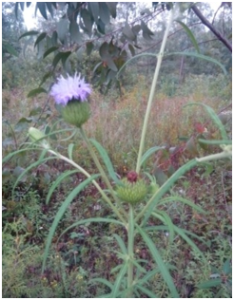
Shashemene Botanical Garden (SBG) is one of the centers that are managed under the Ethiopian Biodiversity Institute. It is located in Shashemene town of West Arsi zone in Oromia region and is reached after a drive of 245 km from Addis Ababa to south direction. Its geographic location is 70 12′ 48″ N and 380 37′ 14″E, its altitude range lies between 1950 and 1980masl.
The area of the garden is about 17.07ha. SBG is established in 2005 based on the agreement made between Shashemene city administration and Ethiopian Biodiversity Institute. The agreement was signed by Mr. Demise Shito who were the mayor of Shashemene city council and Dr. Girma Balcha who were the General Director of Ethiopian Biodiversity Institute (EBI) by the time. SBG before it transferred to EBI it was a forest tree seedling planting site managed by the city council. But SBG officially begins the work after hiring employees and constructing office facility in the year 2015.
The topography of the garden is moderately sloping. The soil characterized as sandy loam and in some parts of the garden it was highly eroded and very shallow, of course it is rehabilitating well now. “Melka oda” the only permanent river in the area, crossing the garden flows down to the west. The river is most important resource to the garden used to water seedlings in the nursery and the young seedlings after planted in the field.
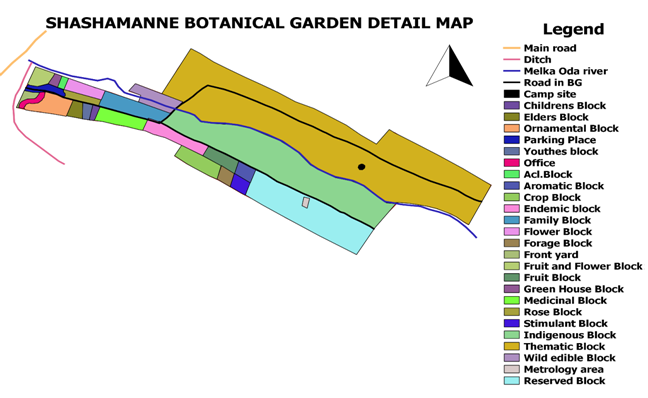
SBG is one of the natural setting areas in Shashemene town which is used as a recreation site for the urban community. Vernonia galamensis the symbolic plant representing the garden.
Research Team
The garden has flat structure with regard to researchers’ team. But the garden has proposed four teams in the researchers department, namely:
- Exploration, Collection and Conservation Team (ECCT)
- Education and Community Service Team (ECST)
- Horticulture and landscaping Team (HLST)
- Planning and Data management Team (PDMT)
Totally there are seven (7) researchers 4 (MSc), 3 (BSc) in the technical department. There are about 33 supportive staff working on different administration responsibilities. Altogether SBG has 40 employees.

Conservation
Conservation of plants is the main objective of SBG, the following are priorities considered in the conservation activities.
- Economically important crops/plants
- Endemic and rare plant species
- Endogenous /indigenous
Plants for the conservation purpose are collected from different parts of the country through the collection conservation and exploration team. Seeds, wild seedlings, cuttings, rhizomes, etc can be collected from the wild.
Conservation of plants are implemented in different approaches among this the ex-situ conservation is applied in 11 plant Gardens/blocks. In these gardens more than 350plant species are conserved.
The second approach is conserving at different sites other than SBG.
- “Wondo Genet” medicinal field gene bank where more than 320medicinal plant species are conserved.
- “Lepis” forest field gene bank where more than 67tree and shrub plants are conserved.
- “Gara Iffa” species restoration site where about 5plant species are conserved.
Plant gardens (11)
- Fruit block
- Flower garden
- Medicinal plant garden
- Family block/garden
- Endemic plants garden
- Indigenous plants Garden
- Aromatic plants Garden
- Stimulant plants Garden
- Rose garden
- Wild edible plants
- Economically plants garden
Outreach sites (ORS):- SBG has two outreach sites
- “Gara Iffa” species restoration site: Established in 2021 and the area is about 38.25ha.
- “Aje” area closure reforestation site: Established in 2018 and the area is about 16ha.
Nursery and seedling rising
Important sites
Qiltu: is a Ficus tree has special value being it is a symbol for the Oromo people. Qiltu tree in SBG is Unique and historical for the following reasons. It is very big more than —4m in diameter, having very large crown, some years back it was the tree was beat by lightning but survived from injury. Then people tried to cut and fail the tree but they can’t cut it. Currently the tree is trying to develop root system and healing from injury, and now the tree support us by providing a camping site service.
Acacia and Celtis trees: these two trees are very important in terms of their ecological values they are providing in SBG. They support large population of birds by serving us a shelter for nusing.
Melka Oda River: It is the only permanent river around Shashemene town. It is crossing through the center the garden and flows down to “Alelu kebele”. It is supporting the community in many ways and also a very important water for source nursery activities and to water young seedlings planted in the field.
Richya albersi: the habitat of this tree high land it is found along the River in SBG out of its natural habitat, it is assumed to be transported by the river from the high lands of the nearby weredas/districts. We can’t find this tree species around Shashemene except SBG.

Services
- Herbarium service: SBG has well experienced Botanists, plant identification service is given mainly to researchers, the garden have more than 250 dried specimens collections in its mini herbarium.
- Training service: training is given to field workers, community members, practitioners…on biodiversity conservation and management, Herbarium techniques, Nursery management, seed collection and management, invasive plants management, etc
- Advisory services: SBG can provide advisory services in the area of biodiversity conservation and management, control of invasive plants,
- Seedling provision: SBG support seedlings on demand for the purpose of conservation and promoting biodiversity conservation.
- Birth day celebration: SBG has beautiful and attractive compound and room to celebrate birth day festive.
- Weeding ceremony: the attractive net, colorful compound attracts to celebrate weeding ceremony in SBG.
- Exhibit and festive: Music, Arts, can be celebrated in open air in mini hall, at SBG on demand.
- Cultural events: Can be celebrated at SBG more specifically ABAGADA and HARA SINKE
- Camping site service: The attractive natural with peaceful setting attracts visitors to camp and refresh in Shashemene when demand arises.

Gallery

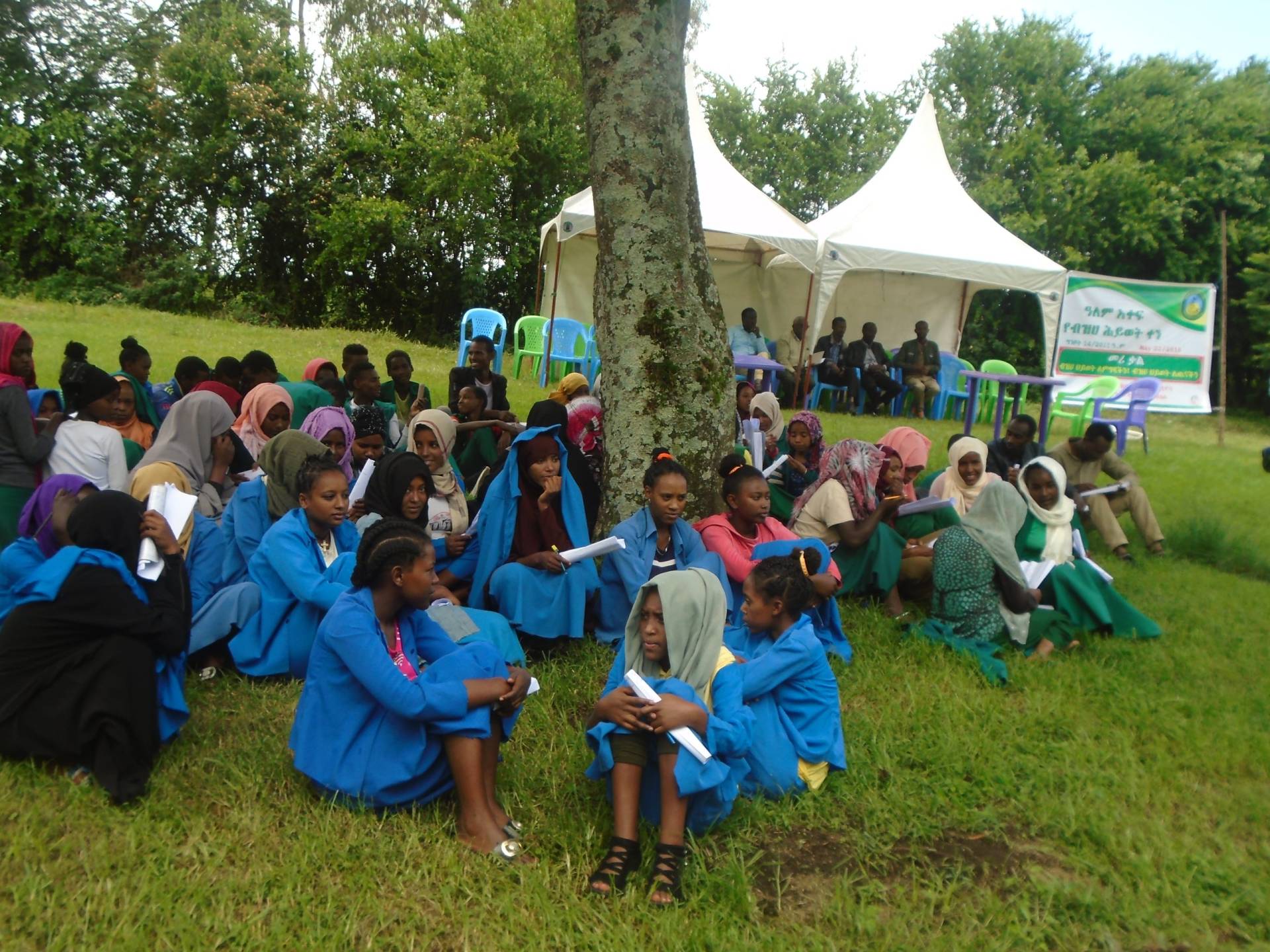
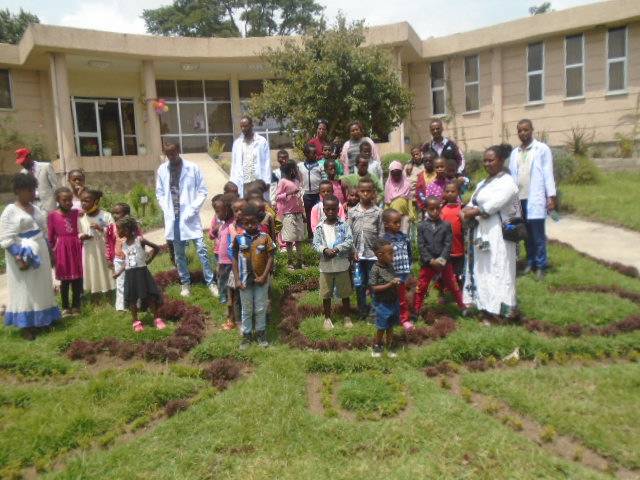
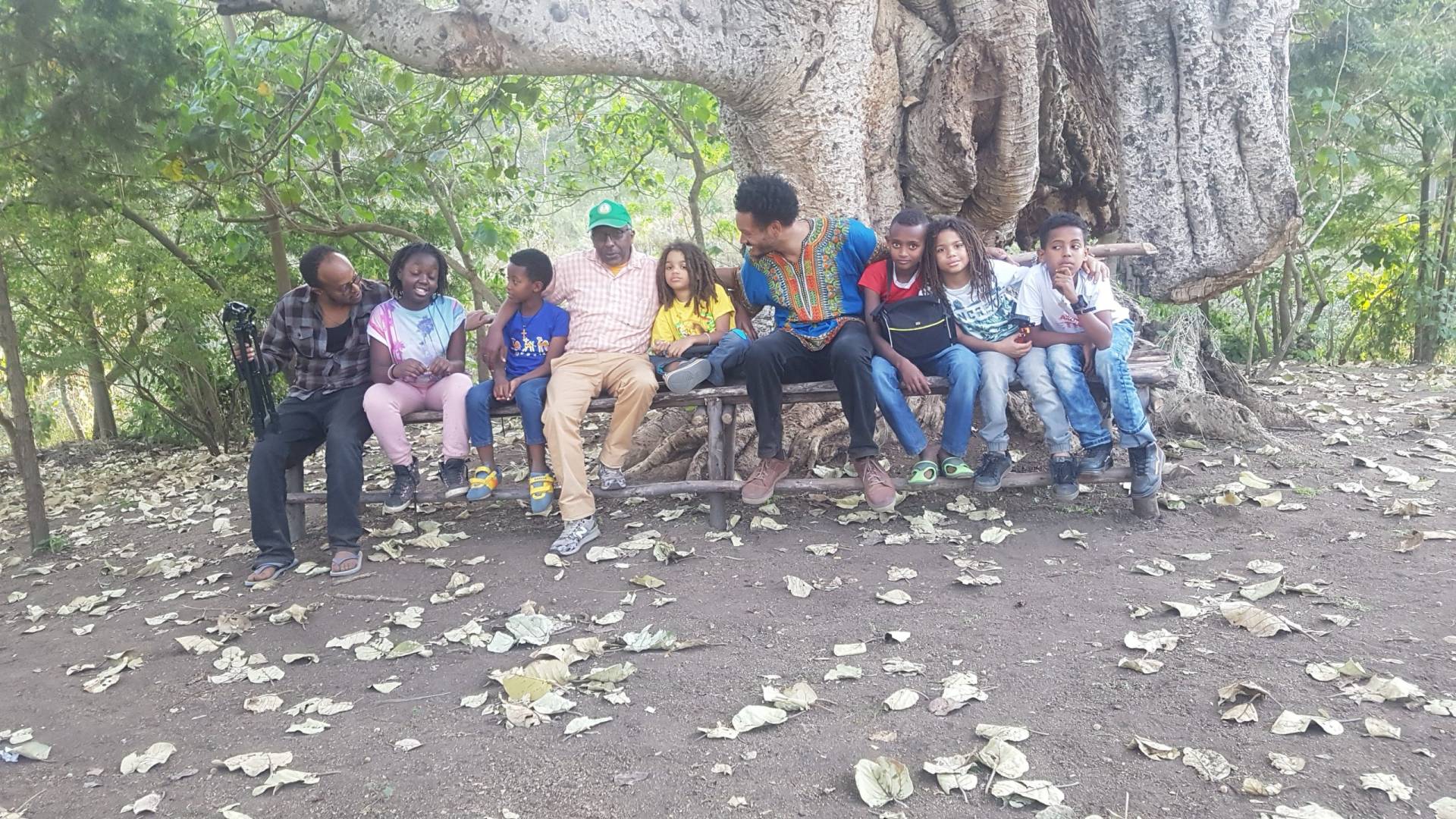
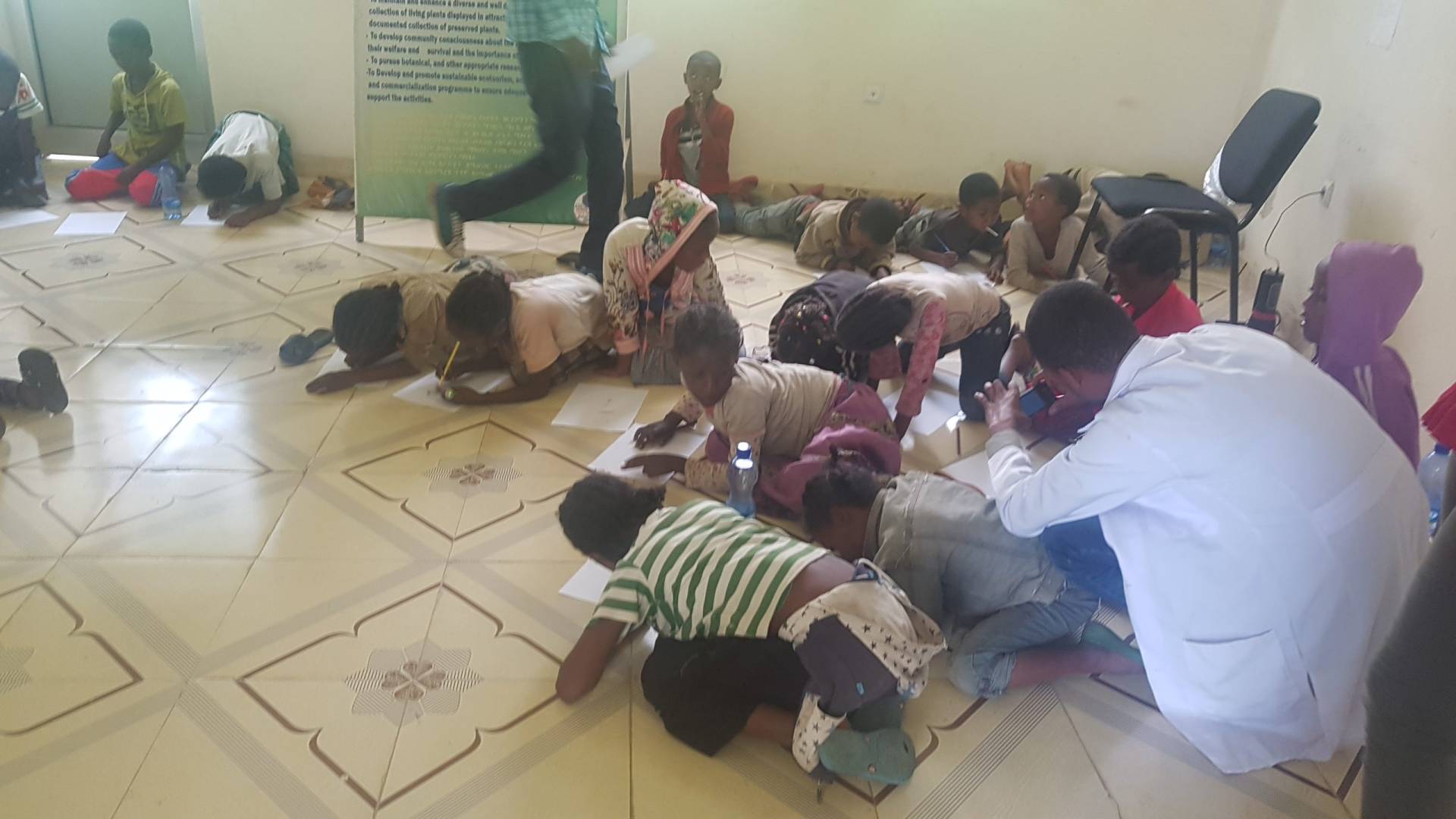
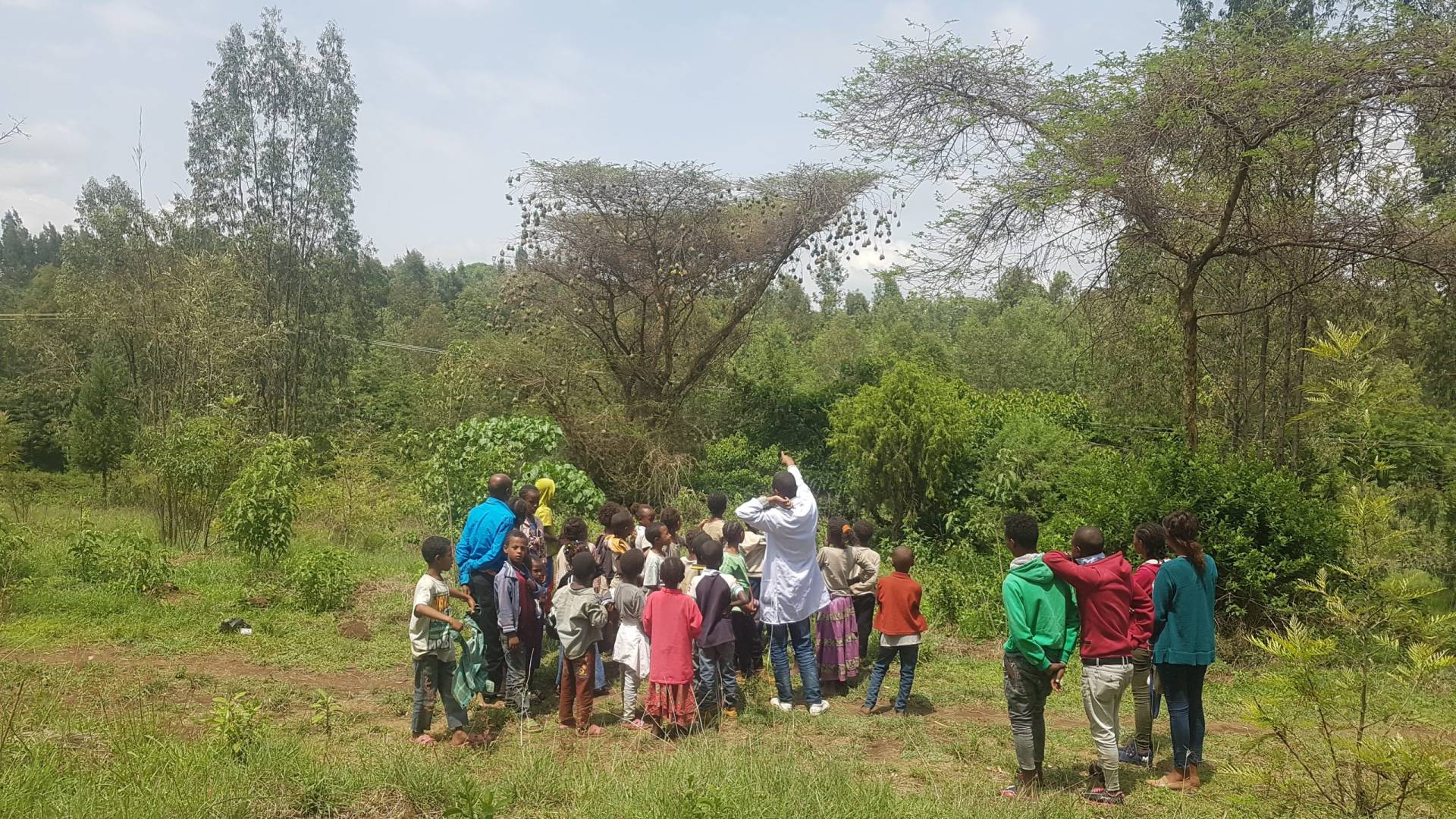

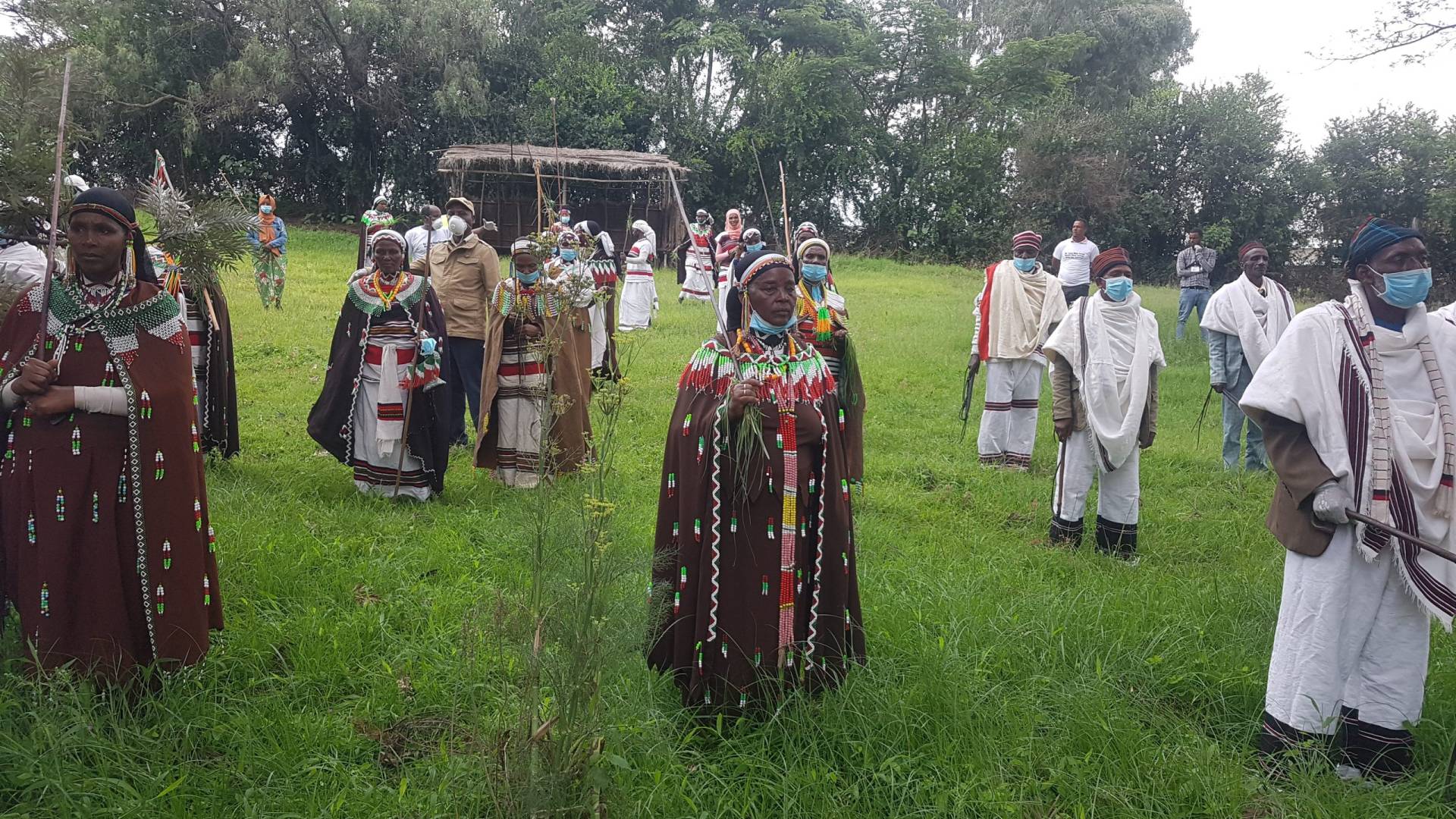
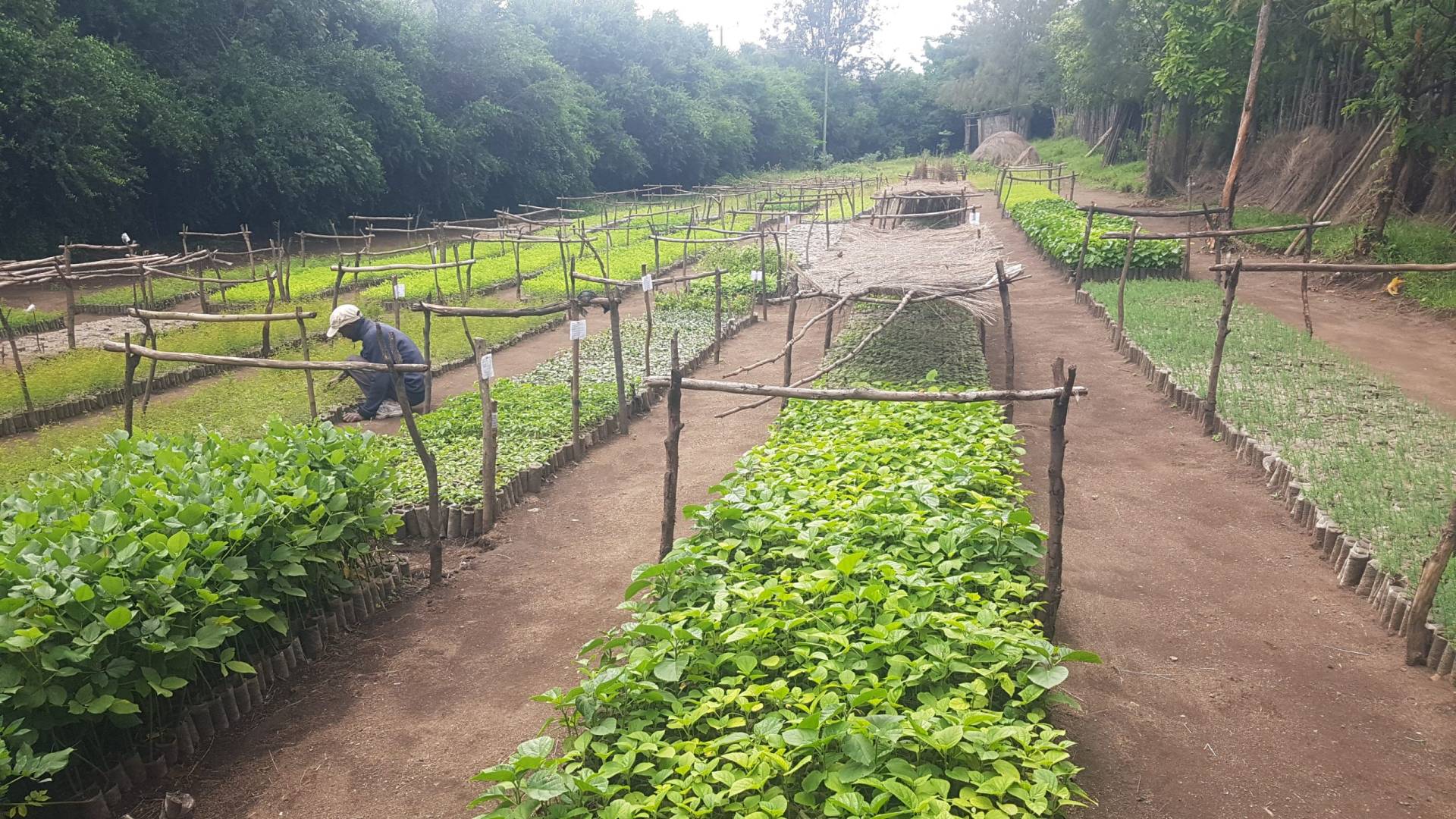
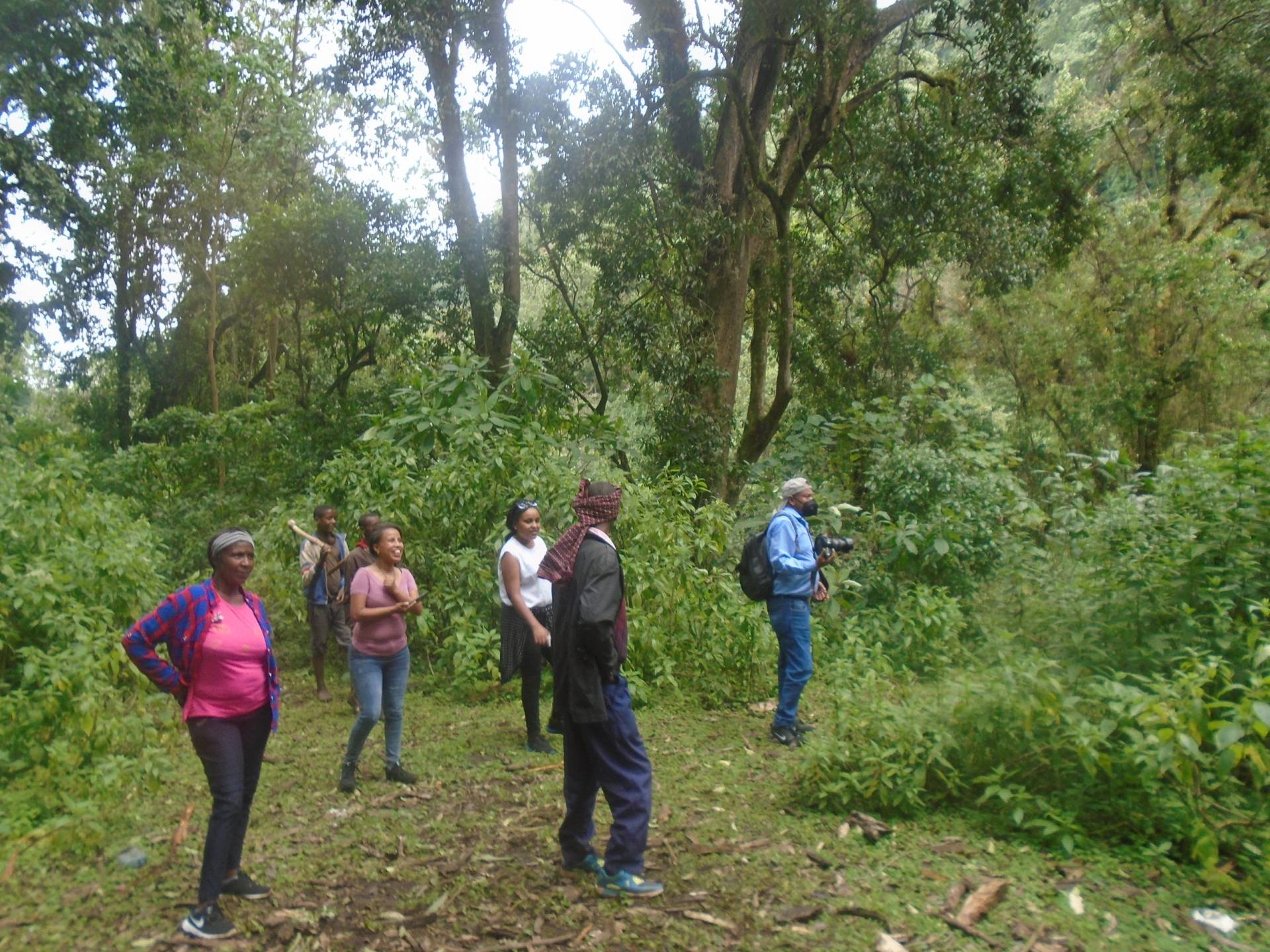
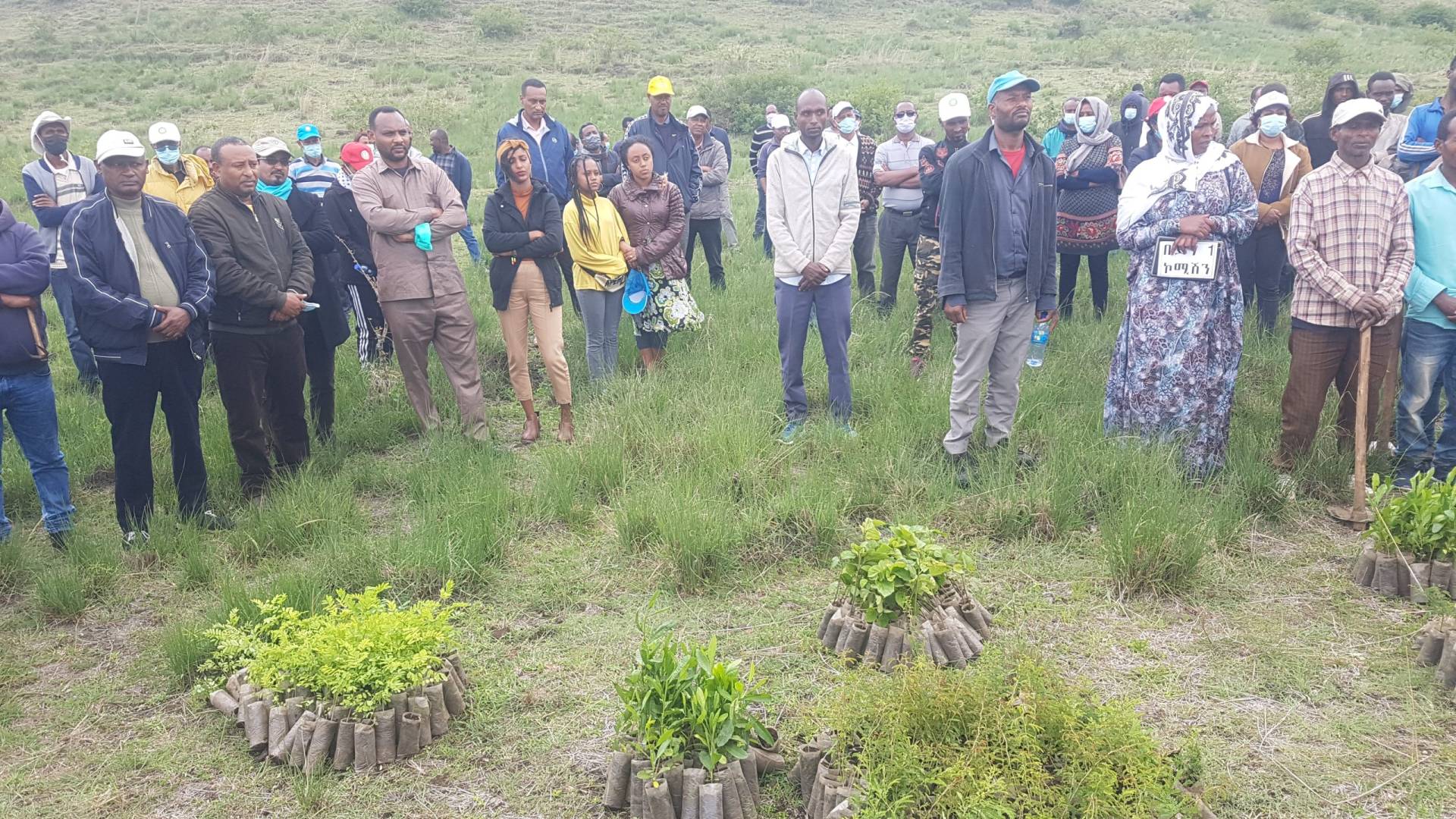

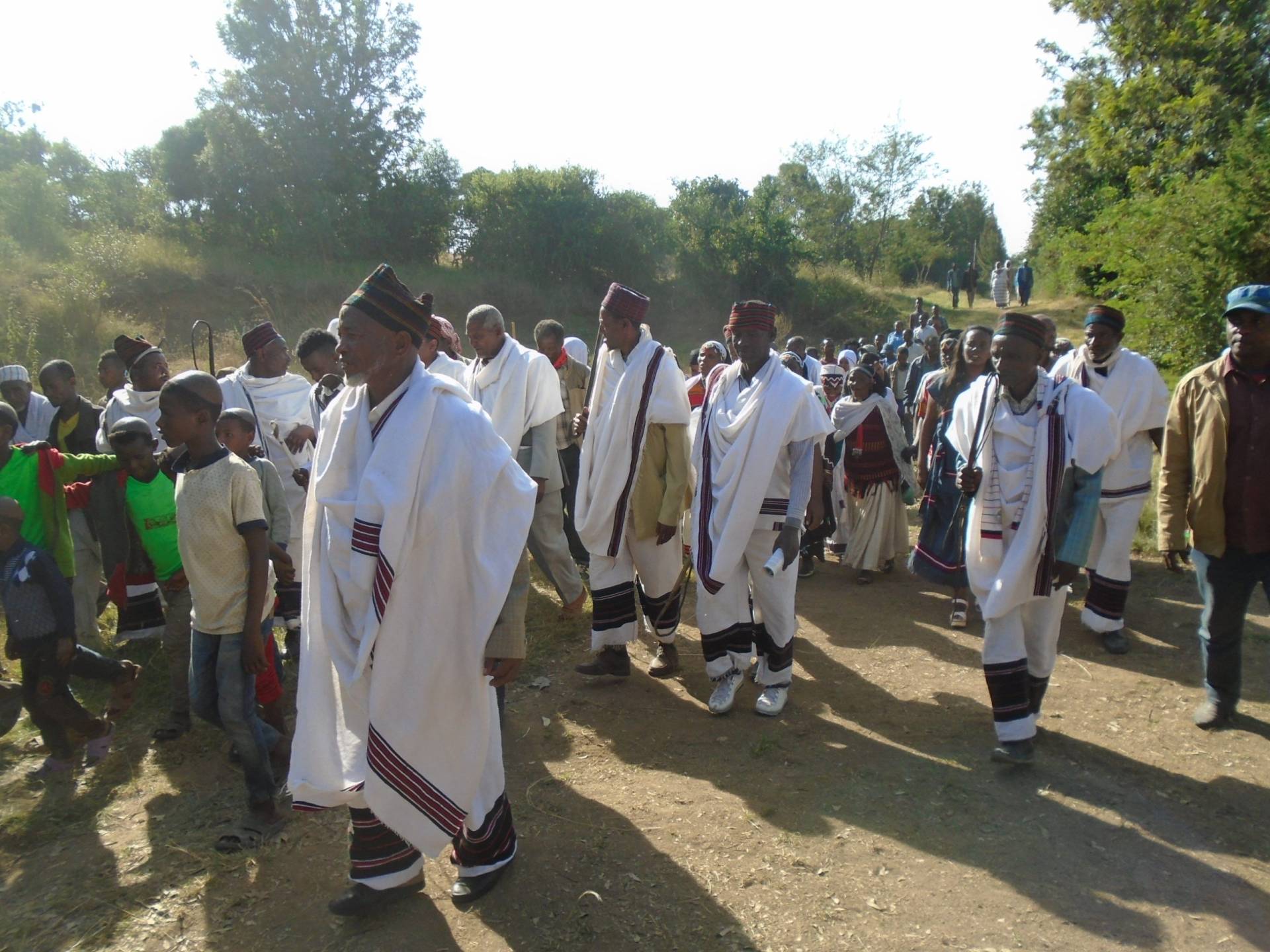
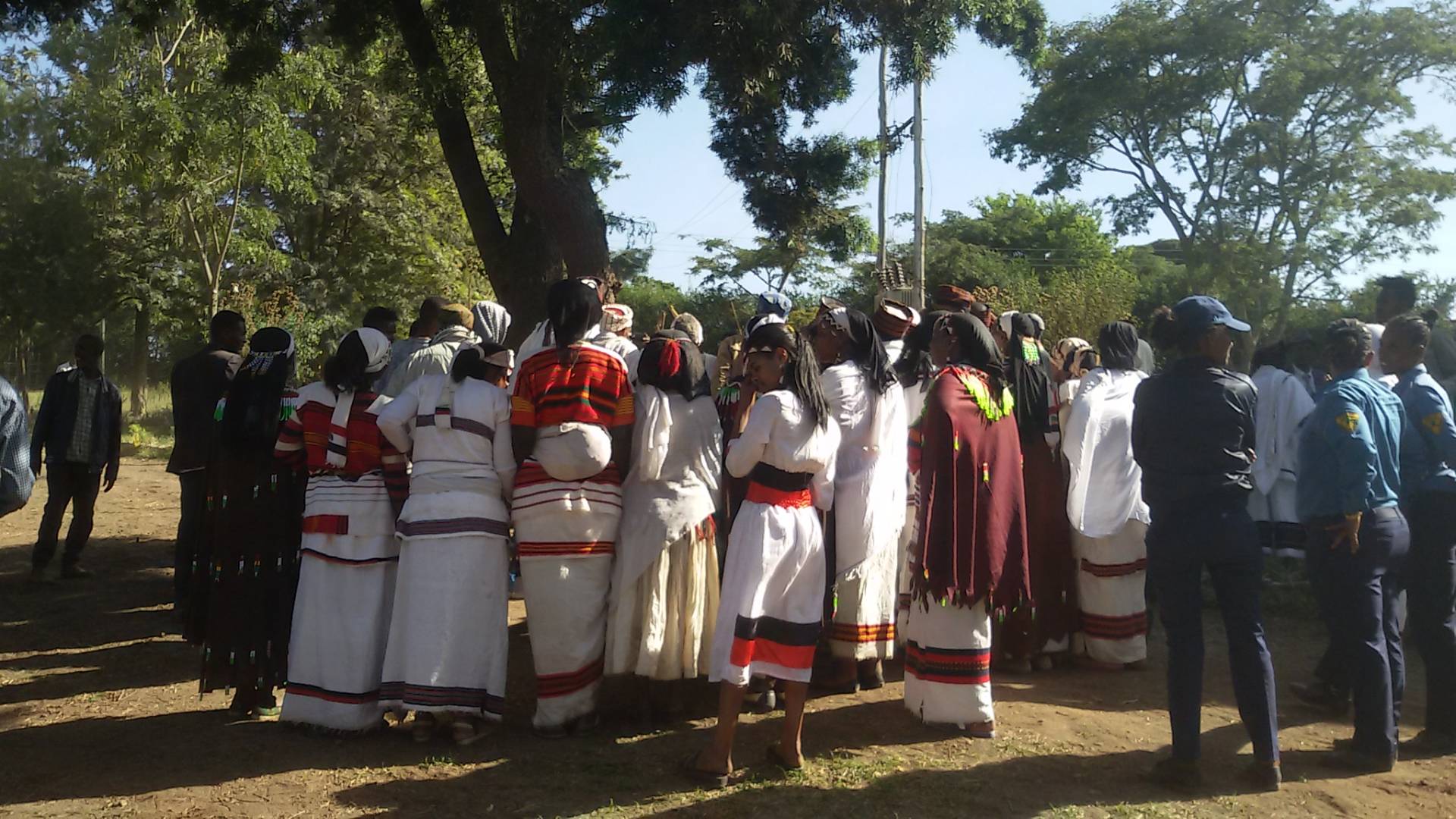
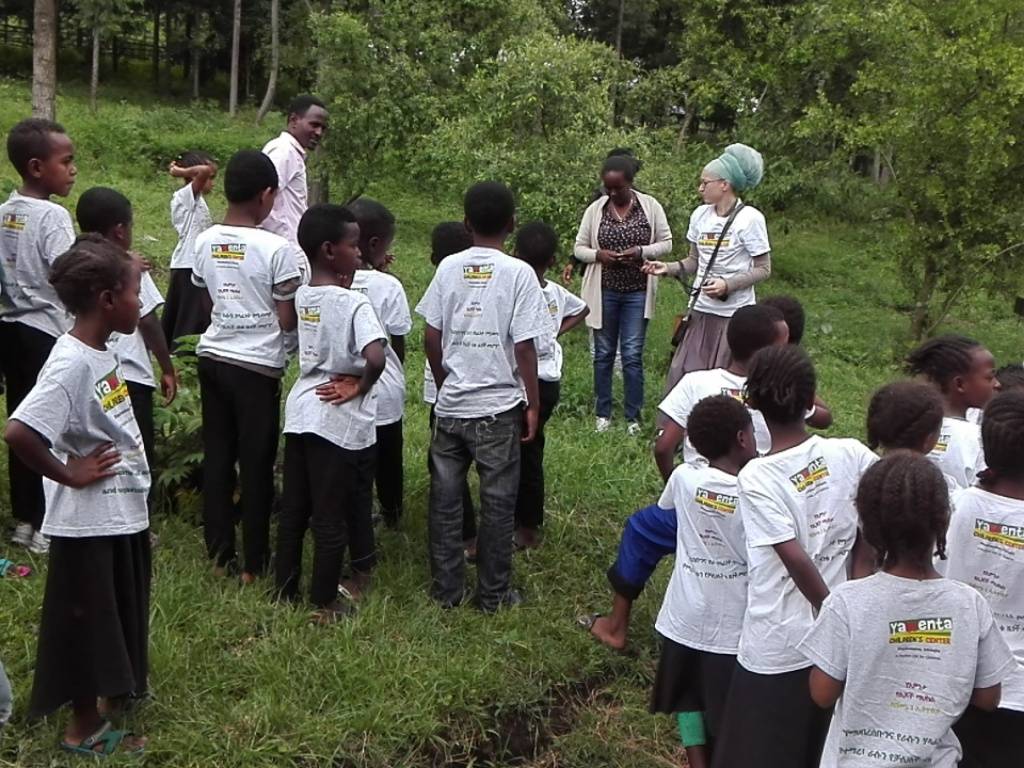
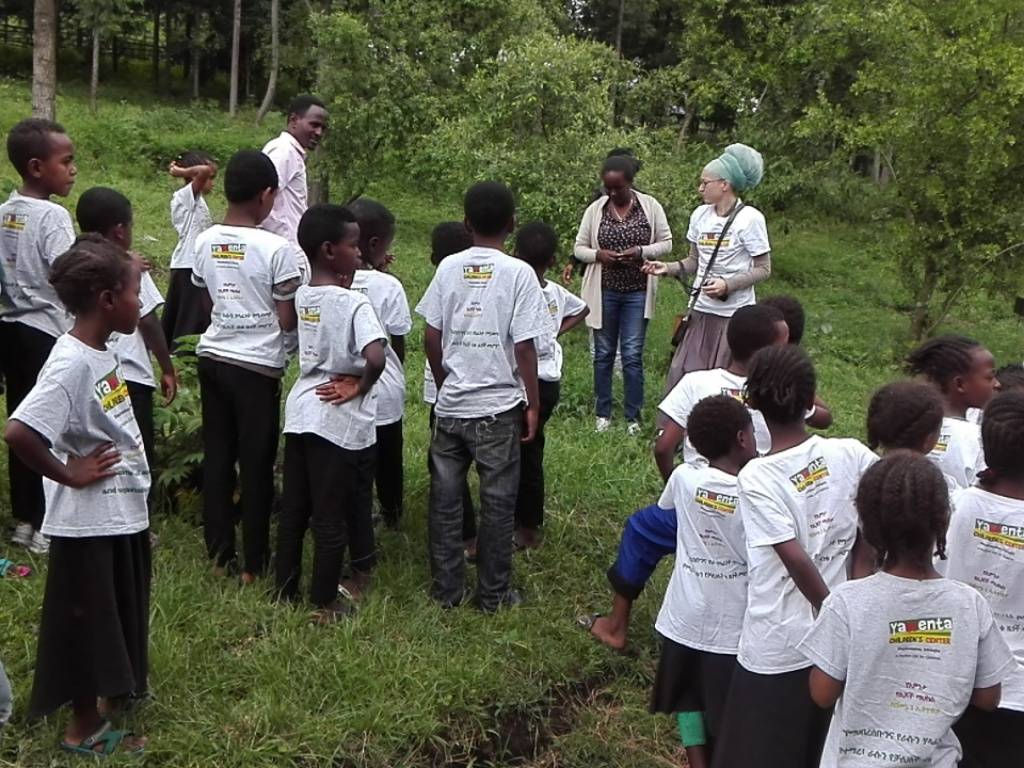
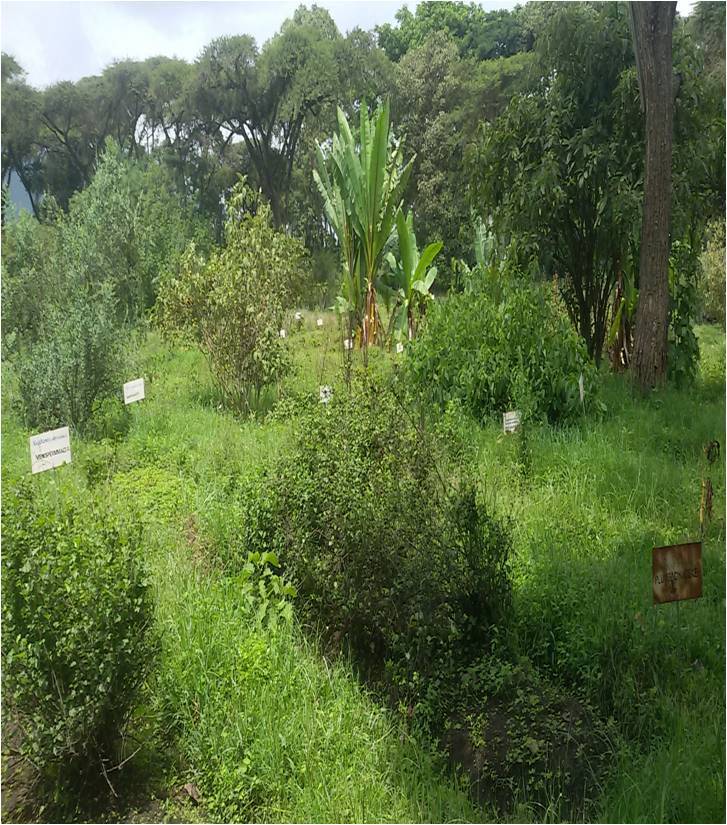
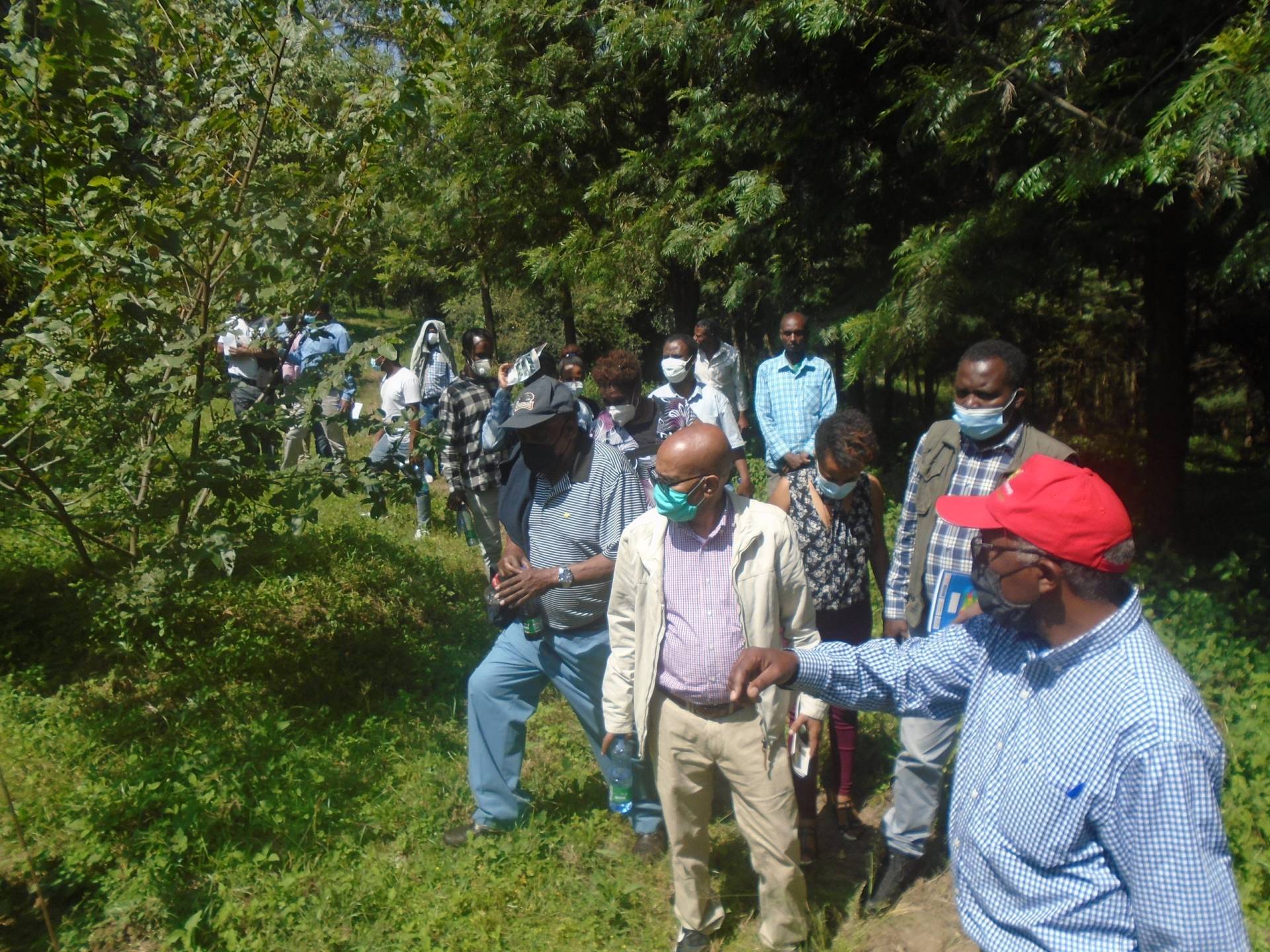
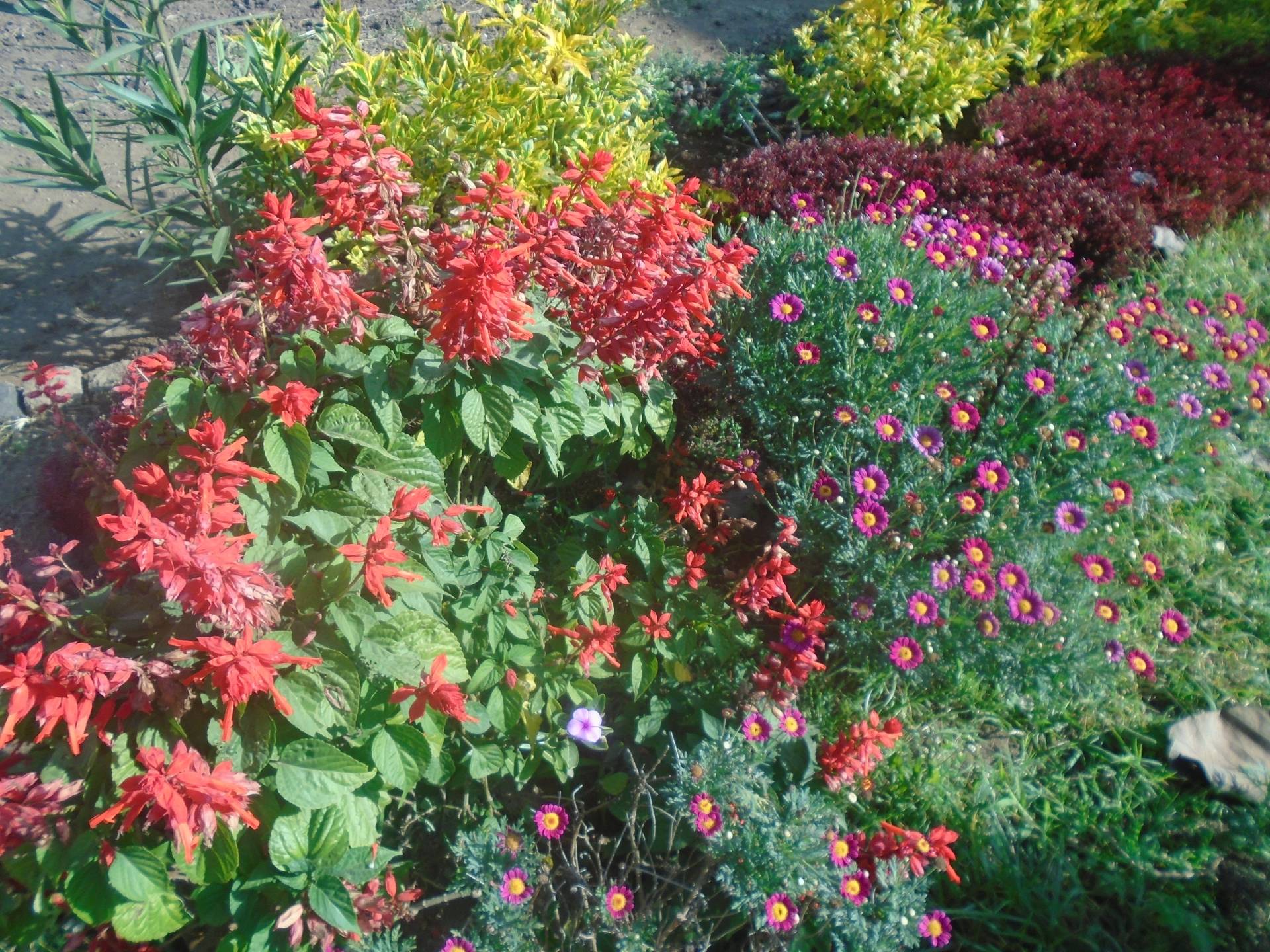
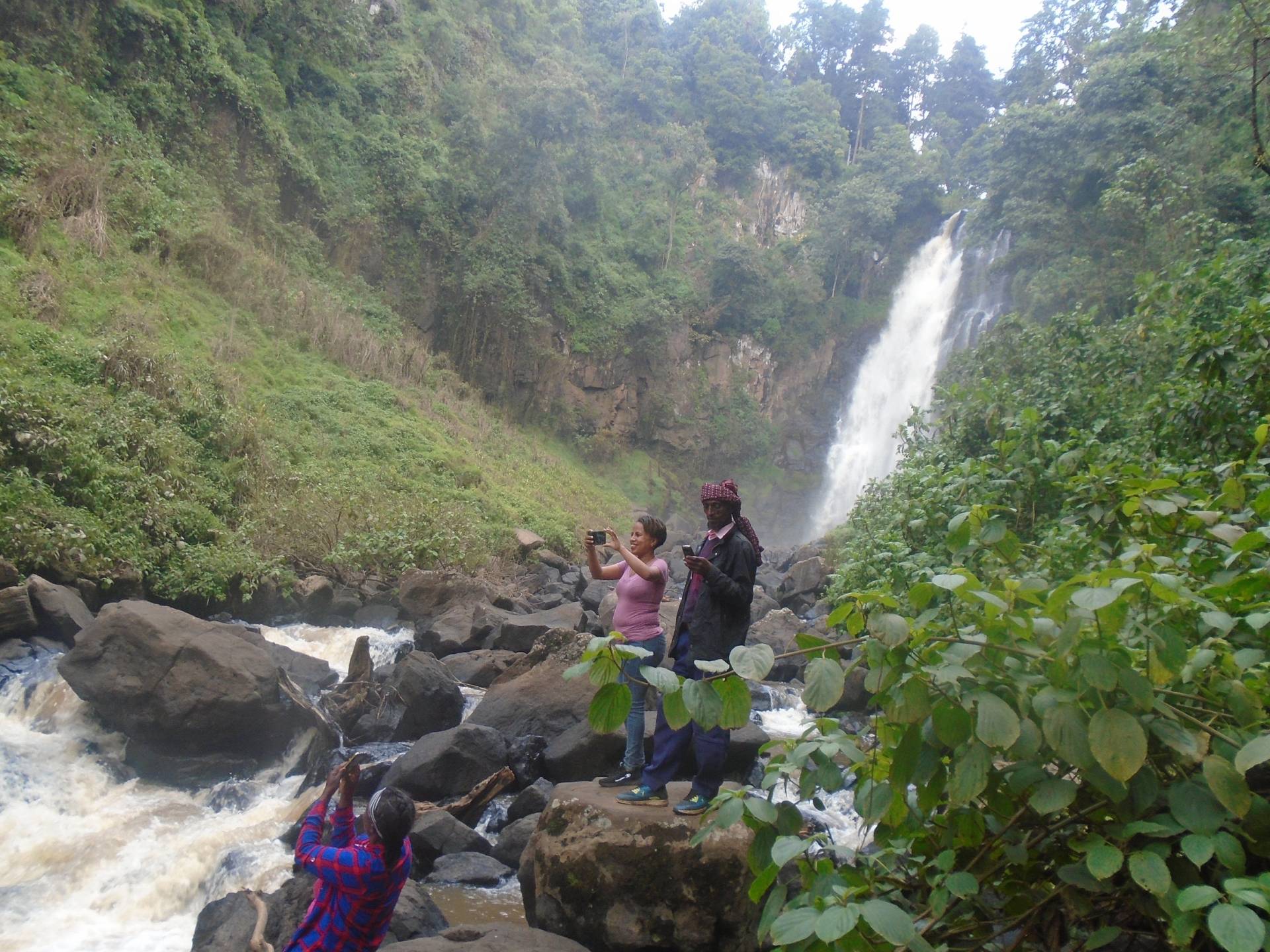
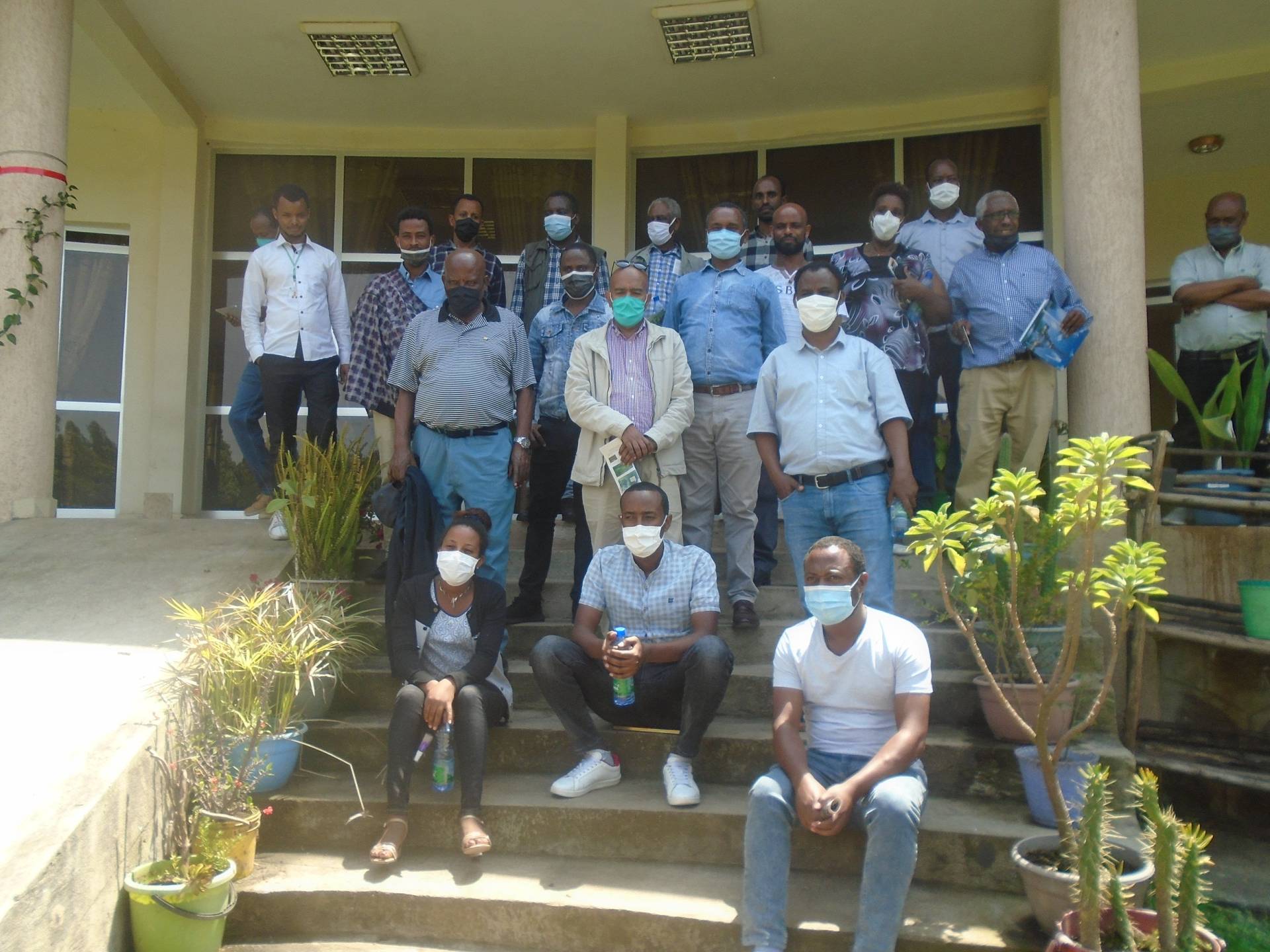






















About Us
 Vision
Vision
The overall vision for Shashemene Botanic Garden is:
Internationally recognized nature-based and cultural visitor attractions that contribute to Ethiopian’s aspiration to outstanding quality of life.
 Mission
Mission
Maintained, displayed and interpreted to the highest standards of plant collections that are purpose driven, prioritized, systematically documented and contribute towards conservation, education, aesthetic and research on biodiversity for sustainable development.
 Objectives
Objectives
- To conserve and enhance the Botanical Gardens, recognizing their national importance as indigenous plant species linkages with the CBD’s Strategic Plan for Biodiversity of Ethiopia.
- To provide education and public awareness.
- To conduct research on plant biodiversity conservation uses, management, etc
- To promote tourism and facilitate the garden for visitors.

Contact Us
- Telephone፡ +251-46-222 04 44 / +251-911-99 16 15
- Fax: +251-116-61 37 22 / +251-116-61 25 42
- P.O.Box: 556, Shashemene
- E-mail: shashe.botgar@gmail.com

Donation


